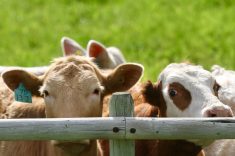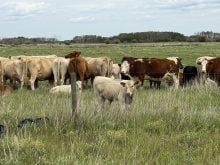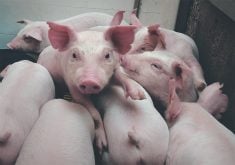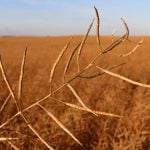Canadian cattle exporters who want to send cattle to the United States must fulfil detailed requirements as they prepare slaughter and feeder animals for shipment.
Producers must provide the exact age of their cattle. If unavailable, the animals will be subjected to a dentition check to guarantee they are younger than 30 months.
They must also carry Canadian Cattle Identification Agency ear tags or identification from Quebec, said Francine Lord of the Canadian Food Inspection Agency.
Accredited Canadian veterinarians check the cattle for health status and proof of age, provide physical descriptions and will help with loading.
Read Also
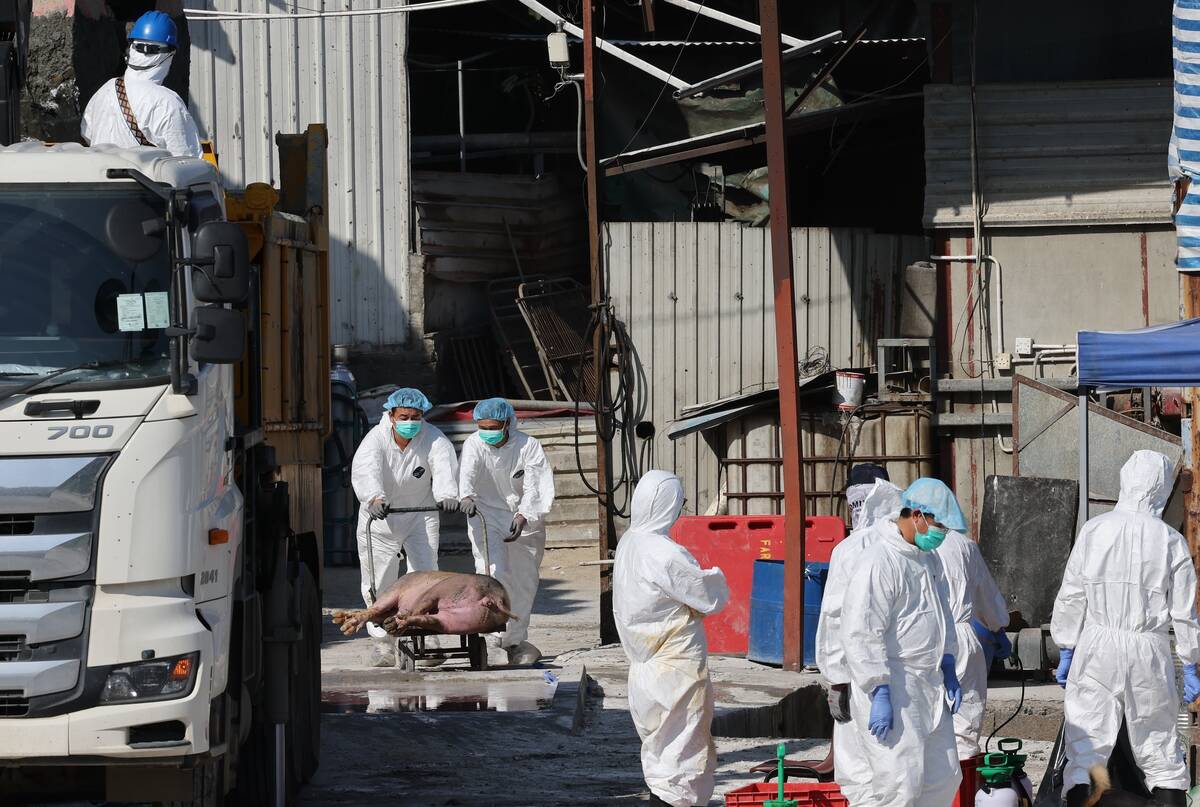
Mixed results on new African swine fever vaccine
The new African swine fever vaccine still has issues, but also gave researchers insight into how virus strain impacts protection against the deadly pig disease.
CFIA seals are applied to all openings of the liners to guarantee no animals escape. Seals will be broken at the kill plant.
No pregnant heifers are allowed. Before shipment, they must be pregnancy checked, be too young to get pregnant or the producer must provide proof they were never exposed to a bull.
“If you send a pregnant cow to the U.S., you will not be allowed to export for awhile,” Lord said.
The CFIA has not been told how long that ban against the exporter might last.
Those shipping feeder cattle must provide the same documentation as for the fat animals with an additional brand of C, inverted V, N, five centimetres high on the right hip.
Feeders will be unloaded at the port of entry where an American veterinarian will inspect animals in a quarantine facility, reload them and apply an American seal to the truck. These cattle must go to registered feedlots.
Exporters must also provide two hours notice of arrival to the U.S. customs port of entry for inspection.






